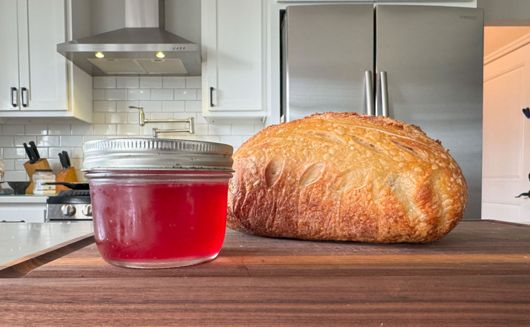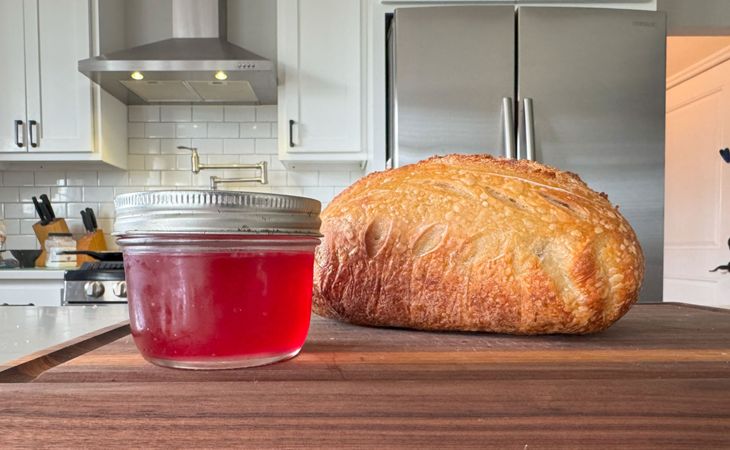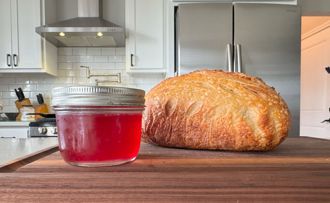Choosing a Location for Olive Trees
The best way to succeed is to plan before you plant. Let’s discuss location: Do you know where you want to locate your new plant? Avoid many future problems by considering all aspects of the planting spot, such as:
- Cross-pollination
- Sun and good soil
- Check out the surroundings
- Space wisely
- Leave space for future planting
NOTE: This is part 3 in a series of 11 articles. For a complete background on how to grow olive trees, we recommend starting from the beginning.
Cross-Pollination
Is a pollinator variety present? Cross-pollination by a different variety, of the same type of tree, is key to the success of many fruit trees. In most cases, its absence is why trees don’t bear fruit or produce poorly.
Sun and Good Soil
Your tree would love a sunny place with well-drained, fertile soil. But it will be quite satisfied with six to eight hours of sunlight. Good drainage is required to keep your trees “happy.” If your soil has high clay content, use our Coco-Fiber Potting Medium or add one-third peat to the soil at planting time. We do not recommend planting fruit trees in heavy, pure clay soils.
Even if your yard isn’t the most ideal location, take heart. Fruit trees are very adaptable and respond well to fertilizers, so they can get along well even where the soil is nutritionally poor. Just steer clear of sites with extremely heavy soils or very poor drainage.
Surroundings
If you’d like your tree to become a landscaping asset, choose the planting place with this in mind. Imagine it as a full-grown tree and check everything out: Wires overhead? Sidewalk underneath? Does it obstruct something you want to see? Can you keep an eye on it from the house? Will other trees be in the way, allowing for their additional growth in the meantime?
Even a year or two after planting, your tree will be very difficult to transplant. So take the time to plant it in just the right place.
Space Wisely
First-time fruit tree growers often ask about recommended planting distances from patios, sewer lines, water pipes and so on. Ordinarily, patios will not be a problem because the soil beneath them will be dry and compacted. Therefore, the roots will not grow into this area as much. It’s still recommended, however, that you plant at least 8-10’ away from patios, water pipes and sewer pipes. You might not expect sewer and water lines to be affected since they are buried so deeply. But, since sewer and water lines tend to be wet, roots will grow to them and around them if the tree is planted too close. By planting your trees far enough away from these items, you can avoid this problem.
Spacing between trees:
- Dwarf, 8-10’ (sweet cherry: 12-14')
- Semi-dwarf, 12-15’ (sweet cherry: 15-18')
- Standard, 18-25’
- Miniature, 6’
- Colonnade, 2’
Space for Future Plantings
Once you’ve found out about fruit growing goodness firsthand, you’ll want to expand your home orchard. It’s important to plan for tree spacing so that the future growth areas will be ready when you are.
One way to help you visualize your exact tree spacing is by staking out the positions of your present and future plantings. But how do you make sure the hole goes where the stake is? One method is to prepare a notched planting board. The planting board is used to show where the original position was after the hole was dug. To use it, simply put the stake in the tree notch as indicated and then put stakes on each end. Then, remove the board and dig the hole. When the hole is big enough to accommodate the roots, replace the board between the two stakes and place the tree in the tree notch. Use the planting board as a guide, keeping the tree erect. The planting board can be used over and over again.












